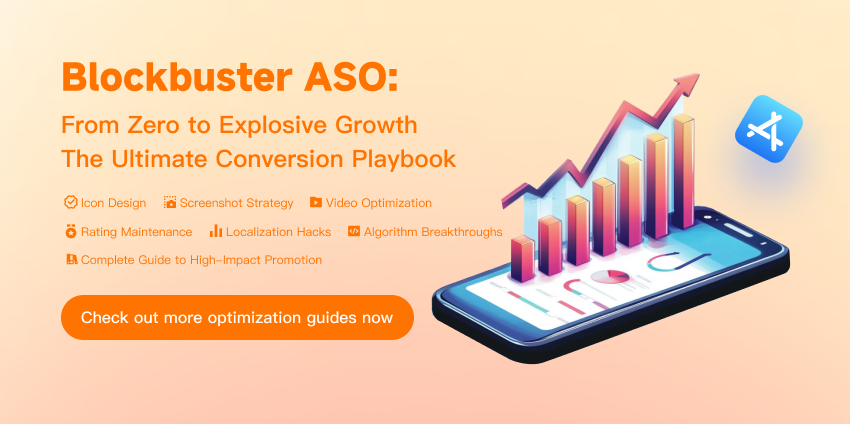
Loading...
Free consultation with ASO specialists
Doing ASO for the first time or have no idea how to carry out targeted optimization of your app?
We offer one-on-one customized services provided by app marketing specialists
Lifetime value (LTV)
What is Lifetime value (LTV)
Customer lifetime value refers to the total amount of revenue that a company earns from a customer over the entire relationship cycle. It is not just a simple accumulation of transaction amounts, but also takes into account the value generated by factors such as continuous purchases, repeat consumption, and potential word-of-mouth promotion by customers over a period of time.
The importance of lifetime value (LTV)
Lifetime Value (LTV) is a core metric that measures the total revenue generated by users throughout their entire lifecycle for a company, directly affecting the allocation of marketing budgets, user retention strategies, and long-term profitability. Its importance is reflected in:
-
Resource Optimization : High LTV users can reduce customer acquisition costs (CAC) and improve ROI;
-
Strategic Decision : Evaluate the business health by LTV/CAC ratio (ideal value ≥3).
Factors Affecting LTV
-
Product Quality
High-quality products can meet the needs of users, improve user satisfaction and loyalty, thereby extending the life cycle of users, increasing the number of times and amount of consumption of users, and thus improving LTV. For example, a powerful and user-friendly office software can attract users to use it for a long time, and may prompt users to purchase more advanced versions or value-added services.
-
User Experience
Good user experience can improve user retention and word of mouth. From the download, registration, use to after-sales service of the product, the experience of each link will affect the user's decision. For example, a mobile application with simple operation and fast response speed will make users more willing to use it, thus increasing the possibility of consumption.
-
Market competition
Intense market competition may lead to user loss and reduce the LTV of users. Enterprises need to continuously innovate and optimize products to improve their competitiveness, attract and retain users. For example, in the shared travel market, various platforms have launched preferential activities and quality services to compete for users, thereby improving user satisfaction and loyalty.
Key Strategies to Increase LTV
-
Extend user life cycle (LT) : Optimize retention (such as sign-in rewards, growth system), predict and intervene in lost users;
-
Increase single user revenue (ARPU) : Accurately recommend paid projects, and use the paid potential model to convert high-value users;
-
Data-driven operations : Integrate end-to-end behavior data to optimize ad penetration and eCPM;
-
User Experience Optimization : Increase activity through high-frequency touchpoints (such as community features) and strengthen the design of conversion links.
In summary, Lifetime value (LTV) is of great significance in the mobile Internet advertising industry and ASO. Enterprises should pay attention to the calculation and analysis of LTV, and improve users' LTV through reasonable strategies and measures, so as to achieve long-term development and profitability of enterprises.
Related terms
